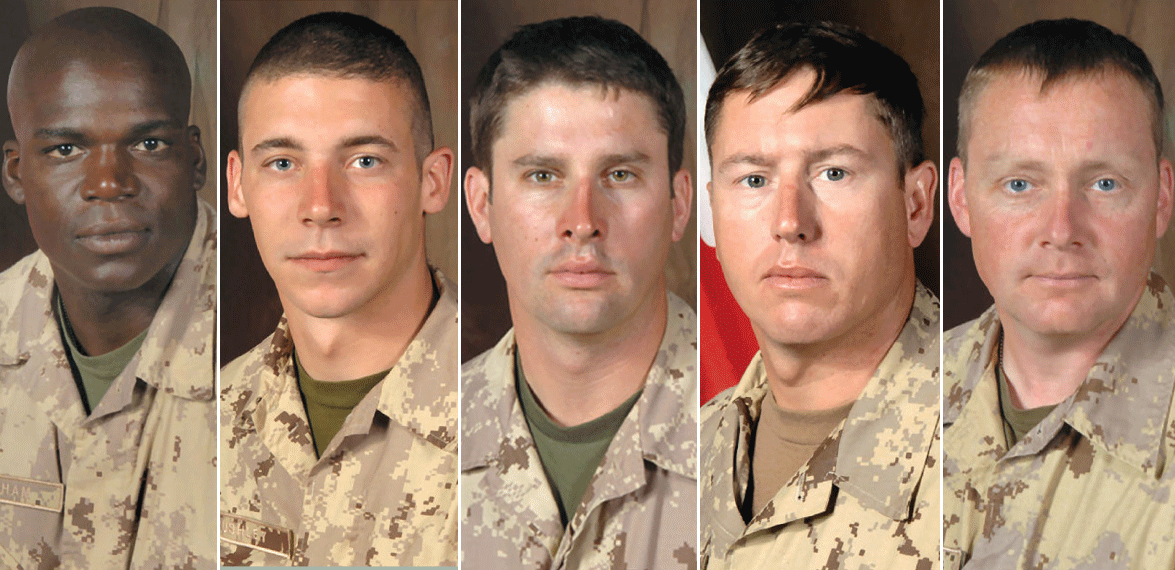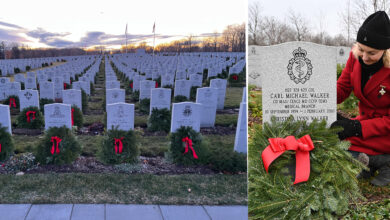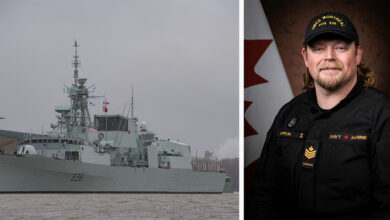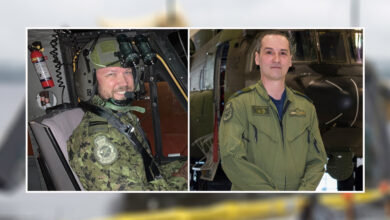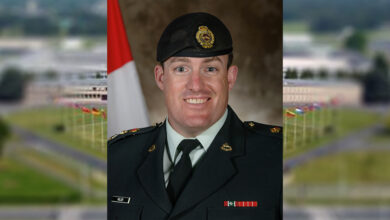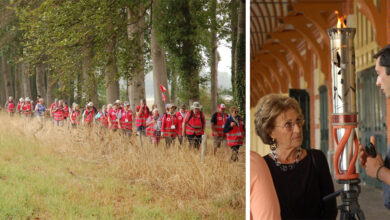RememberingTop 25 Stories
Remembering Operation Medusa
It has been 13 years since the Canadian Armed Forces (CAF) conducted what is considered to be one of the most deadliest operations in recent military history: Operation Medusa.
Launched on Sept. 2, 2006, Op. Medusa was a NATO battle that had a combination of ground and aerial offensive to reclaim the Pashmal/Panjawyi district of Afghanistan from the Taliban.That summer the Taliban had begun to gather in Panjawyi in an effort to launch a major assault against the city of Kandahar.
Op. Medusa was deemed an important endeavour to curb Taliban influence in the area and stop them from taking control of the region.
A force of 1,500 strong gathered to conduct a Canadian-Army led offensive. The soldiers included four companies, one artillery battery, one ISTAR Squadron, one engineer squadron, and elements of the Afghan National Army and the United States Army.
It really defined a new generation of soldiers for the Canadian Army because for most of us it was really our first experience in combat operations, even though most of us had experience in peace support type of operations in the Balkans etc. It really changed the culture and character of the Canadian Army certain reinforcing what ti is we are really in the end and as a last result trained to do MGen. Omer Lavoie, commander of the Task Force 3-06 Battle Group in Operation Medusa.
Together, these forces launched both aerial strikes and ground offensives on Sept. 2, attacking the Taliban both from the northern and southern regions of the area.
Day one of the operation was considered successful for the coalition, with no Canadian casualties.
The operation took a deadlier turn, however, the very next day when forces were ordered to march forward deeper into enemy territory, without detailed reconnaissance.
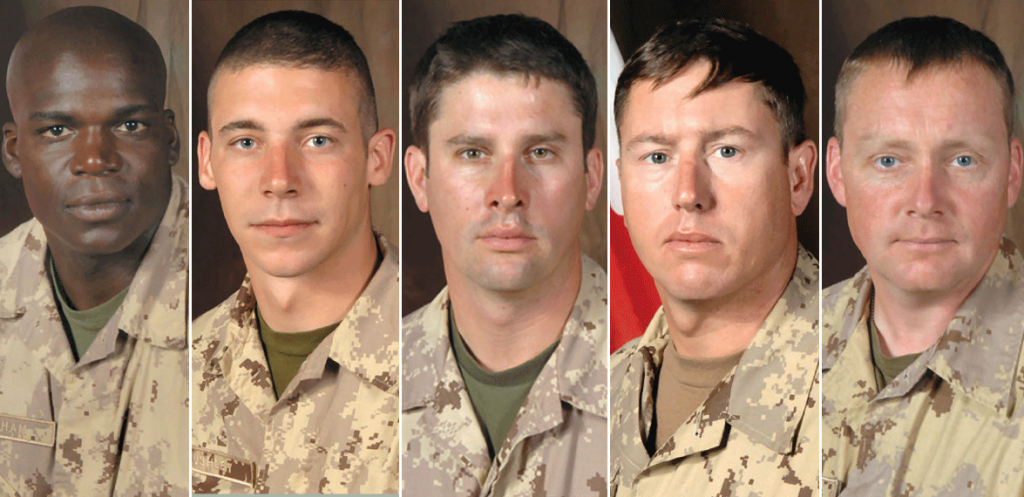
This offensive proved to end tragically with Canada’s first casualties in the operation.
With five Canadian soldiers losing their lives. Four of the fallen soldiers were from the 1st Battalion, The Royal Canadian Regiment based in Petawawa: Private William Cushley, Private Mark Anthony Graham, Warrant Officer Frank Mellish and Warrant Officer Richard Nolan. And one soldier was an engineer saving with 2 Combat Engineer Regiment: Sergeant Shane Stachnik.
Forty Canadian soldiers were also wounded during the operation along with 14 British military personnel that were killed when their plane crashed.
After this tragic setback, the CAF changed tactics and moved to the north to attack the Taliban, who were distracted with fighting the remaining soldiers in the south. Within a week, the Taliban was destroyed and driven out of the area.
Historians and military members both agree that Op. Medusa had several defining outcomes. Firstly, although the Taliban was pushed out of the area, they realized that they could not fight the coalition in conventional ways and so changed their style to utilize asymmetrical tactics.
Op. Medusa also redefined a generation of Canadian soldiers along with the culture of the Canadian Army. Not only had they garnered international respect, but they had moved away from peacekeeping roles of the last decade to combat operations.
To learn more about the heroic stories from Operation Medusa check out Clearing the Way, a documentary, as well as a book, about 23 Field Squadron, Combat Engineers and how they were charged with taming the harsh Kandahar terrain in support of Canadian, coalition and Afghan forces.
Visit the GoFundMe page to support the documentary, and you will receive a link to view the documentary.


